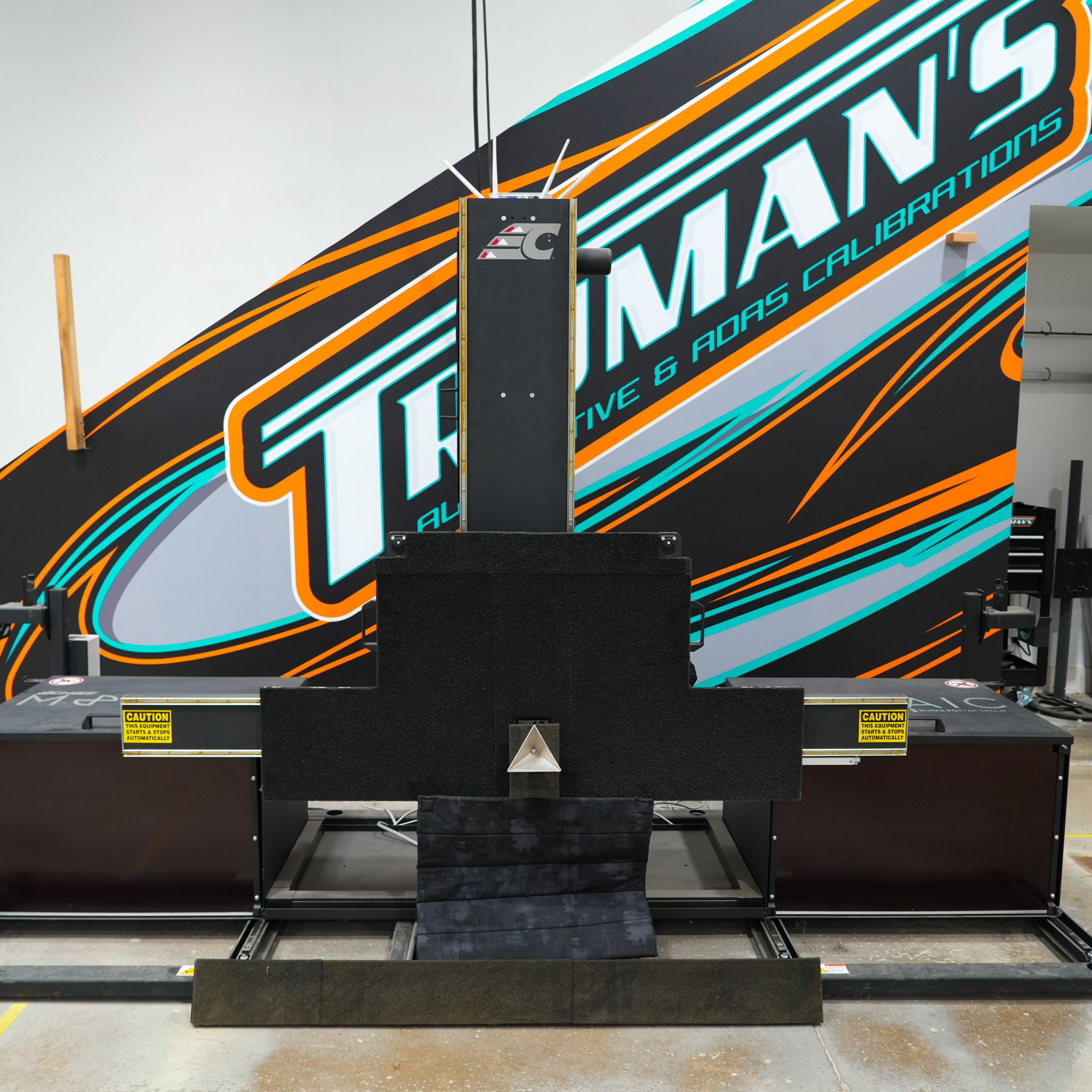The Future of Road Safety: A Deeper Dive into ADAS Calibration
In our previous article, we explored the critical role of Advanced Driver Assistance Systems (ADAS) calibration in ensuring the safety and performance of modern vehicles. In this follow-up article, we will delve deeper into ADAS calibration, providing a more comprehensive understanding of its significance, technology, and how it continues to shape the future of road safety.
The Significance of ADAS Calibration:
ADAS systems have revolutionized the automotive industry by introducing cutting-edge safety features designed to prevent accidents and enhance driver comfort. These systems rely on a network of sensors, cameras, radar, and LiDAR technology to collect data about the vehicle’s surroundings and make split-second decisions to keep drivers and passengers safe.
ADAS calibration is the meticulous process of aligning and configuring these sensors and cameras to ensure they function with precision and accuracy. Proper calibration guarantees that ADAS systems provide reliable information to the vehicle’s computer, allowing for timely and appropriate responses to potential hazards.
Technology Behind ADAS Calibration:
- LiDAR (Light Detection and Ranging): LiDAR sensors use laser pulses to measure distances and create high-resolution, 3D maps of the vehicle’s surroundings. Calibration involves precisely aligning these sensors to ensure they accurately capture the environment, vital for features like autonomous emergency braking and adaptive cruise control.
- Cameras: Cameras play a pivotal role in recognizing lane markings, traffic signs, and objects in the vehicle’s path. Calibration involves fine-tuning the camera’s angle, focus, and field of view to ensure accurate image processing.
- Radar: Radar systems use radio waves to detect nearby objects and their speed. Proper calibration ensures that radar sensors accurately measure distances and speeds, contributing to features like blind-spot monitoring and collision avoidance.
- Ultrasonic Sensors: Ultrasonic sensors are used for parking assistance and proximity alerts. Calibration ensures that these sensors provide accurate distance measurements, preventing collisions during parking maneuvers.
- GPS and IMU (Inertial Measurement Unit): GPS and IMU sensors help the vehicle understand its position, speed, and direction. Calibration ensures that the vehicle’s navigation system and other ADAS features receive accurate data.
The Future of Road Safety:
As technology continues to advance, the future of road safety is closely intertwined with ADAS calibration. Here’s how:
- Autonomous Vehicles: Calibration is integral to the development of autonomous vehicles, where precise sensor alignment and calibration are crucial for safe self-driving capabilities.
- Enhanced Safety: ADAS calibration continually evolves, introducing more sophisticated features like pedestrian detection, lane centering, and evasive steering assistance, all aimed at preventing accidents and saving lives.
- Improved Driver Comfort: Advanced calibration techniques enhance driver comfort by reducing false alerts and optimizing the vehicle’s response to changing road conditions.
- Regulatory Compliance: Stricter safety regulations are being implemented worldwide, making proper ADAS calibration a requirement for vehicle manufacturers and service providers to meet these standards.
ADAS Calibration remains the forefront of automotive technology
ADAS calibration remains at the forefront of automotive technology, shaping the future of road safety. As these systems continue to evolve and become more advanced, the precision and accuracy of calibration processes will be vital to ensure their optimal functionality. Whether for today’s safety-conscious drivers or the autonomous vehicles of tomorrow, ADAS calibration stands as a beacon of progress in the quest for safer and more efficient transportation on our roads.

